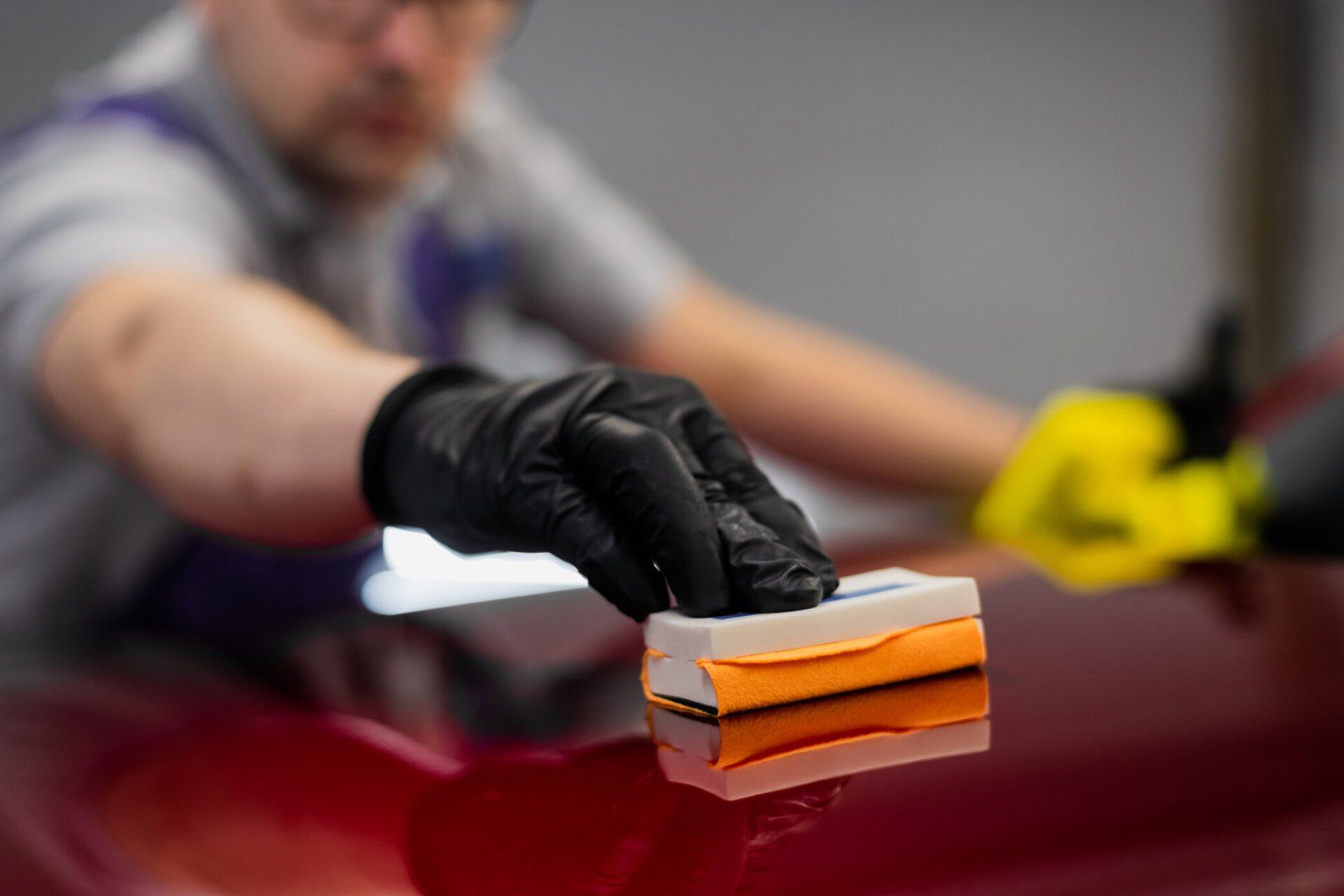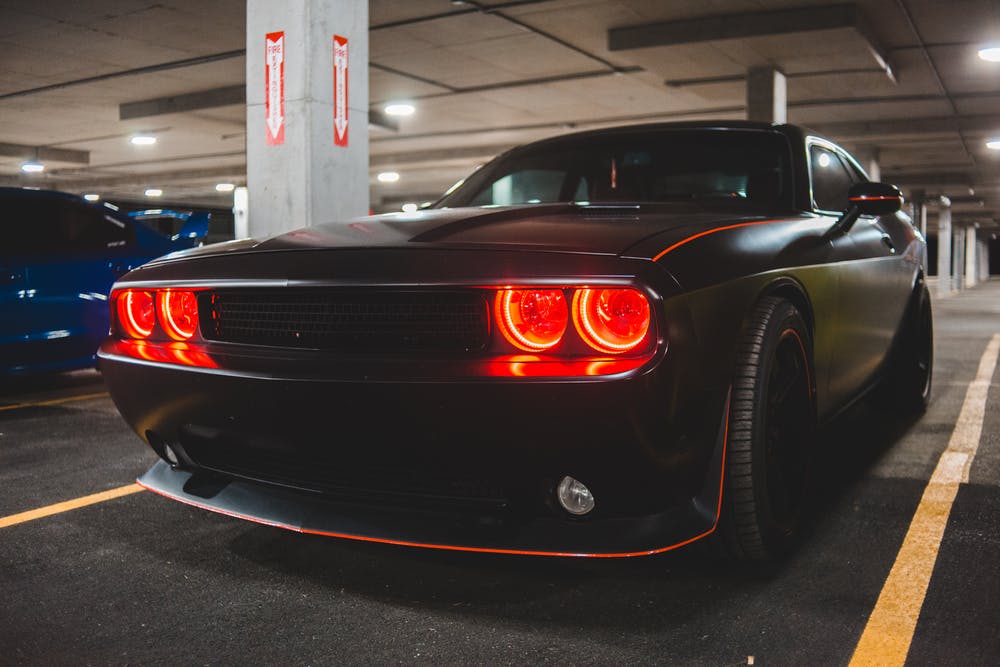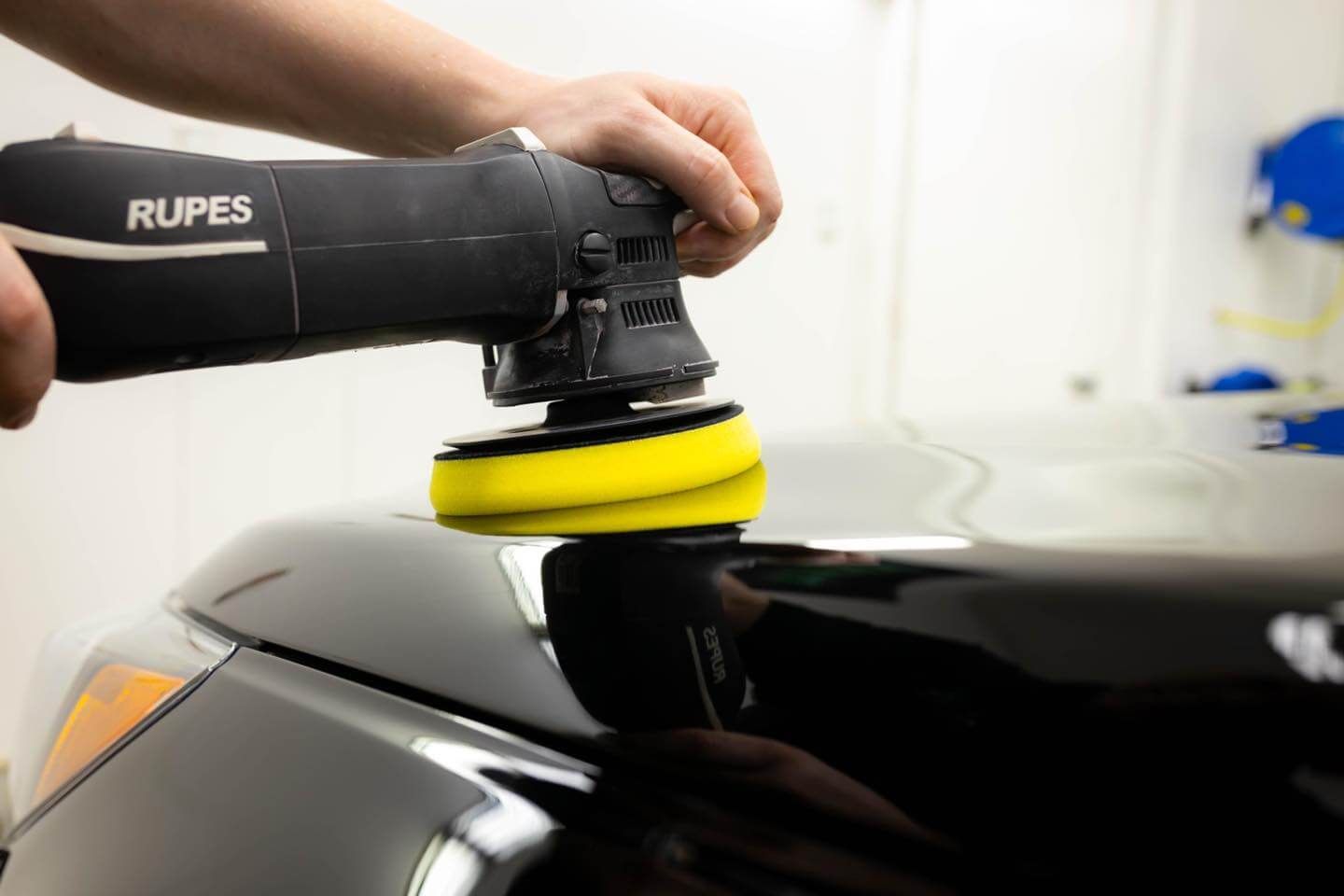You've probably heard about ceramic coatings on cars, trucks, and other vehicles, but what is it exactly? How does it work, and what are the advantages of ceramic coatings over wax and other protective sealants?
Examining Ceramic Coatings
A ceramic coating is a long-term protective layer that chemically combines with the paint to form a translucent glass-like layer. Its special properties have made it an essential component of vehicle protection. It provides the following benefits:
1. Provides Extra Protection
Every time you drive, you expose your vehicle’s paint to damaging pollutants. Ceramic coating forms a solid, protective barrier on your vehicle's body, keeping harmful contaminants at bay. It can withstand substantial harm without causing damage to your vehicles, such as fading, oxidation, and chemical stains.
In addition, the ceramic coating helps shield your exterior from UV radiation, which can oxidize and break down your paint. This is a nifty feature if you park outdoors.
2. Lasts Longer Than Other Paint Jobs
In terms of longevity and durability, ceramic coating outperforms a regular paint job. The new coating becomes permanently bonded to the vehicle's surface and cannot be removed by vibrations or external force easily.
Traditional vehicle coatings like wax typically fade in a matter of months after exposure to inclement weather, environmental acidity, bird droppings, and so on. Ceramic coatings, on the other hand, can last for years.
3. Helps Your Vehicle Stay Clean Longer
Dirt and other debris tend to roll off instead of getting trapped within the microscopic pits and pockets on your vehicle. This phenomenon is possible due to the ceramic coating's unique hydrophobic surface.
This means that your vehicle will stay cleaner for longer, and when it does need to be washed, removing the dirt takes significantly less time than with traditional sealants!
4. No More Waxing
Waxing used to be the only form of protection available. Nowadays, the wax sealant underperforms compared to ceramic coating and provides less protection. It wears off fairly quickly, necessitating a fresh layer multiple times a year.
On the other hand, a single ceramic coating can protect your vehicle for anywhere from 1-5 years, depending on the ceramic coating you choose!
5. Gives Your Vehicle an Attractive, Candy-Gloss Look
After putting a ceramic coating on your vehicle, it will have a more intense glossy sheen.
Who doesn't love the sight of a brand-new vehicle? Ceramic coating not only protects the surface of your vehicle but also leaves a lovely, candy-like sheen for everybody to appreciate. It will bring out the finest in your original paint job, restoring your vehicle's appearance to when you first drove it off the lot.
6. Cost-Effective
One of the most appealing characteristics of ceramic coating is that it is a cost-effective solution for vehicle owners. While the initial cost may be more significant, you will save money in the long term since you will not have to spend as much money on exterior detailing services and wax application.
Conclusion
A vehicle coated with ceramic outperforms more traditional approaches. It is more expensive, but it lasts longer, better shields you from the sun’s harmful UV rays, and improves the overall look of your vehicle’s paint job.
One essential thing you can do for your vehicle is to get the best specialists to apply this functional but complex protective coating.
5 Star Auto Detailing provides services for applying
ceramic coatings in Rochester. Ceramic coatings are low-maintenance yet offer top-quality protection because every vehicle deserves protection. Contact us and get yours today!






